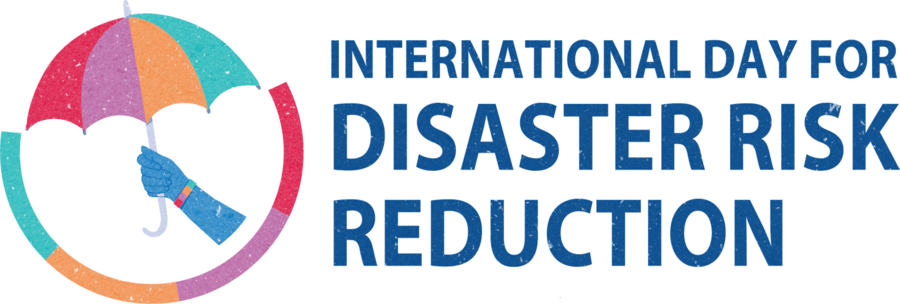October 13th marks the International Day for Disaster Risk Reduction – a UN observed day that highlights the importance of international cooperation to reduce disaster risk and save lives.
This year's theme is #OnlyTogether, a reminder that it’s through cooperation and working collectively that we can reduce the risk posed to the most vulnerable populations. Key areas of focus this year include international cooperation in COVID-19 recovery, climate emergency, poverty,multi-hazard early warning systems, pandemic preparedness, and overall, leaving no one behind.
For our Technical Director – DRR and Natural Hazards Bapon Fakhruddin, protecting communities vulnerable to disaster has become his life’s work. In recognition of the International Day for Disaster Risk Reduction, we asked Bapon to reflect on his journey in DRR, how DRR has interfaced with climate change, and advice to share with the emerging generation of DRR practitioners.
What inspired you to pursue a career in Disaster Risk Reduction?
Growing up in flood-prone Bangladesh, and surrounded by academics in family, I learned a lot about the 1970 Bhola cyclone which ravaged and took 500,000 lives. In 1998, Bangladesh suffered one of its worst floods in recent times, inundating two-thirds of the country for an unprecedented 11 weeks. Thirty million people were affected and more than 1,000 died. I started my civil engineering degree at that time motivated to help our vulnerable communities. I made many trips into rural areas, delivering clean water to struggling villagers. These events inspired me to focus my carrier on hydrology and hydraulics to assist countries with floods and cyclone hazards. Having seen the utter devastation wreaked by the 2004 Boxing Day tsunami on Indian Ocean countries, I committed myself to the ongoing development of early warning systems, climate change assessments, and modelling.
What are you currently working on in the field of DRR?
A lot of my work relates to a DRR Day theme that touches on Sendai Framework target F - “Substantially enhance international cooperation to developing countries through adequate and sustainable support to complement their national actions for implementation of the present Framework by 2030”.
I am very pleased to contribute my knowledge and expertise to develop and lead guidance on policy, advice and robust frameworks on weather, water, climate change and disaster risk management throughout Asia and the Pacific. I’m also supporting the enhancement of impact-based early warning systems for multi-hazards to save lives and reduce damage.
What do you think has been the most influential project that you have worked on?
To me, supporting our most vulnerable people and making people safe from natural hazards is most important. Having seen the destruction and fallout of the 2004 Boxing Day tsunami on Indian Ocean countries, I have committed to continually developing early warning systems, climate change assessments and modelling for vulnerable communities. To date, I have undertaken this work in more than 30 countries across the Pacific, Asia, Africa, and the Caribbean. The results have been transformational.
What important issues are facing humanity in the field of DRR?
We live in a time of great interconnectedness. I’m also a strong believer in our indigenous culture and the concept of Te Ao Māori Tuhonohonotanga (interconnectedness). We are still working in silos and a more integrated approach is necessary to improve and sustain resilience against all types of disasters.
A transdisciplinary engagement linking climate scientists, urban planners, engineers, and sectoral professionals to work on emerging research to ensure a safer world is essential. Engaging with our most vulnerable people and sectors for greater alignment and consistency of hazard definitions will be imperative in improving information on risk.
How has this year’s IPCC report changed your perception of what’s happening in the DRR space?
There’s a complex relationship between climate change and sustainable development. The IPCC report has enabled the alignment of the risk assessment framework using risk as a function of hazard, exposure and vulnerability. This is now commonly used across all risk assessments. The IPCC report has also provided a clear understanding of the potential for adverse consequences for human or ecological systems, recognising the diversity of values and objectives associated with such systems.
What advice would you give to the next generation of DRR practitioners?
To be optimistic but pragmatic - some ideas fail because they are detached from tangible reality. The world can become a socially cohesive society with a climate of collaboration. All groups hold a sense of belonging, participation, inclusion, recognition, and legitimacy. The COVID-19 pandemic has brought an opportunity to change a mindset from ‘if’ to ‘when’. We need to accurately address climate risk today so we can protect the present and ensure a sustainable society for our future generations.
